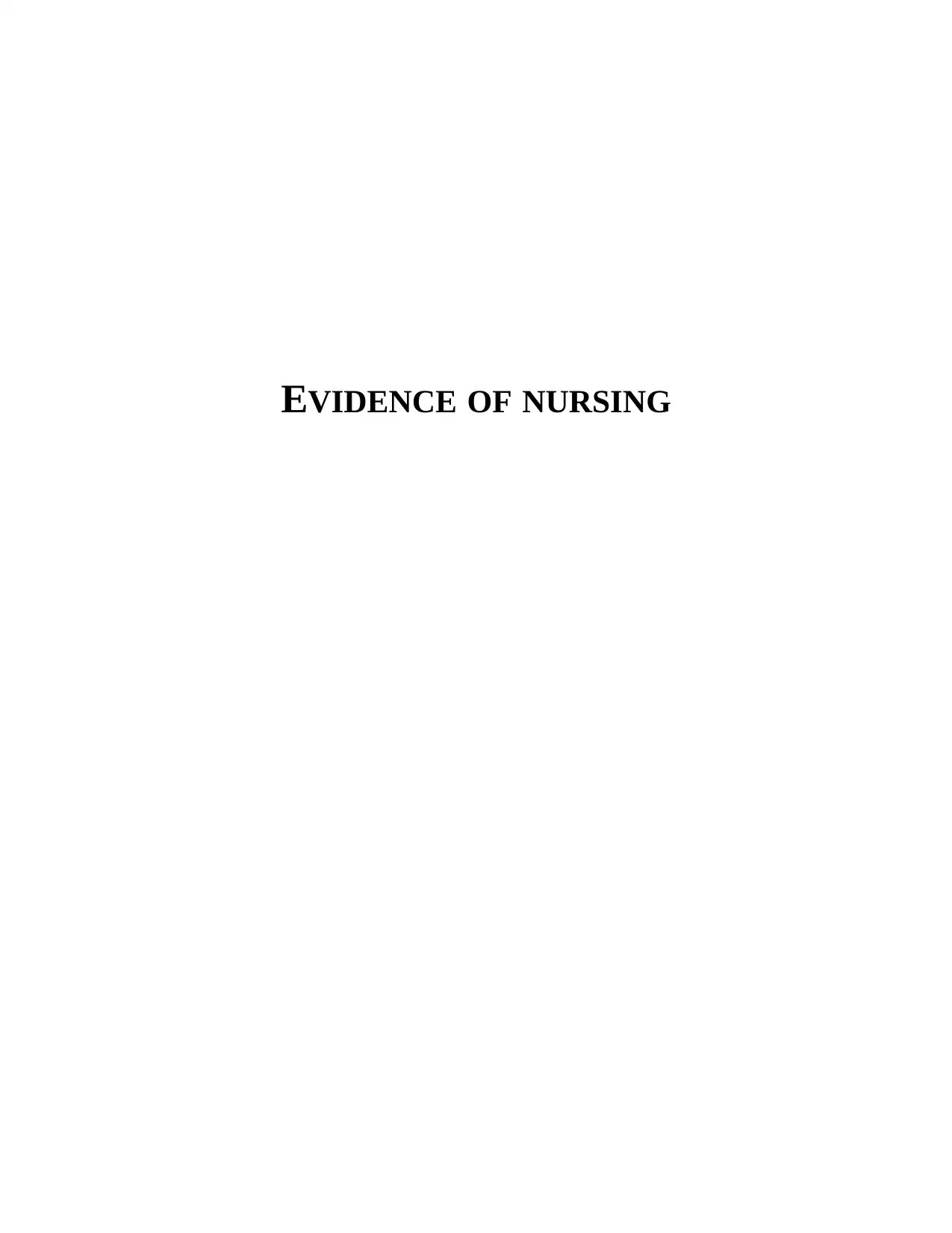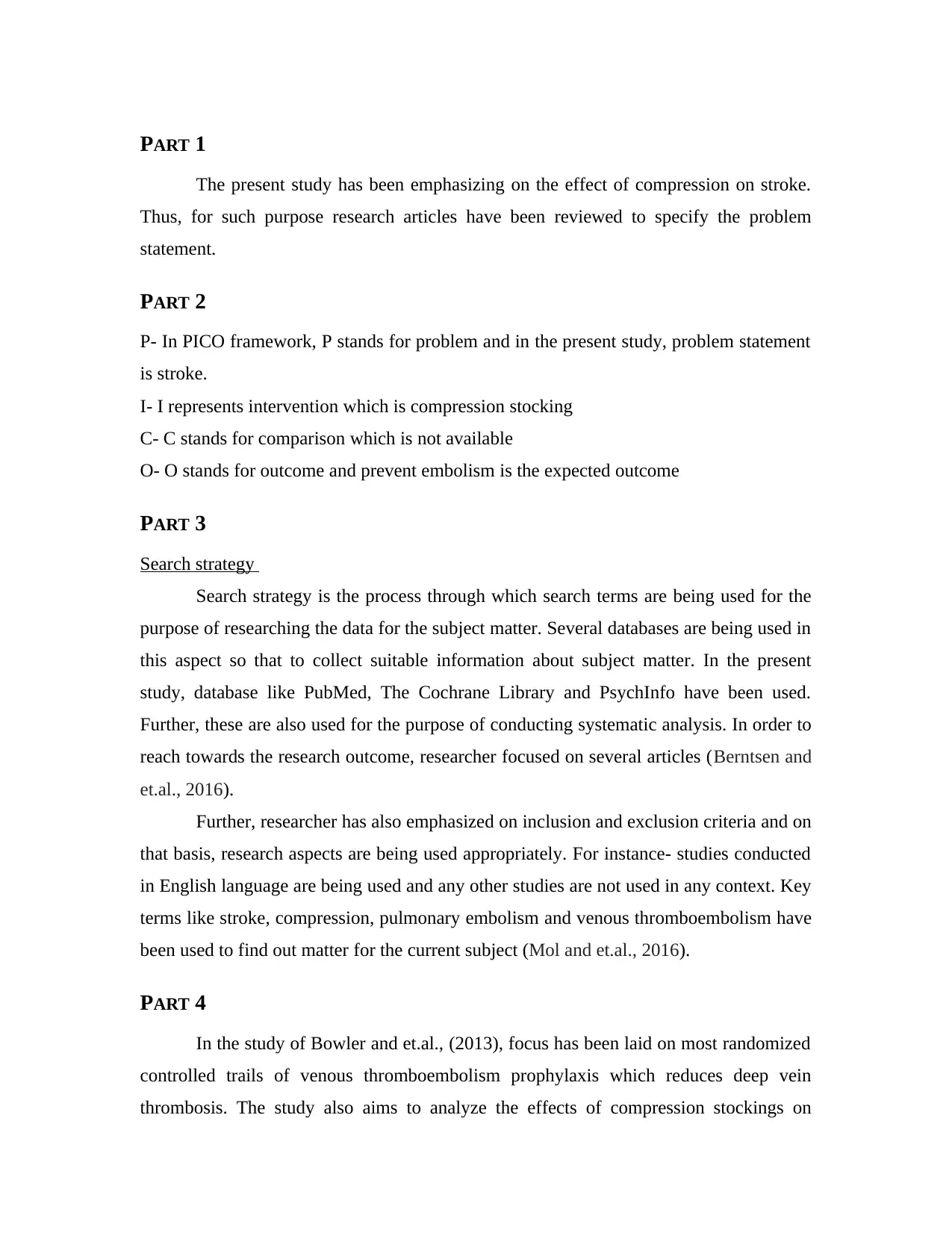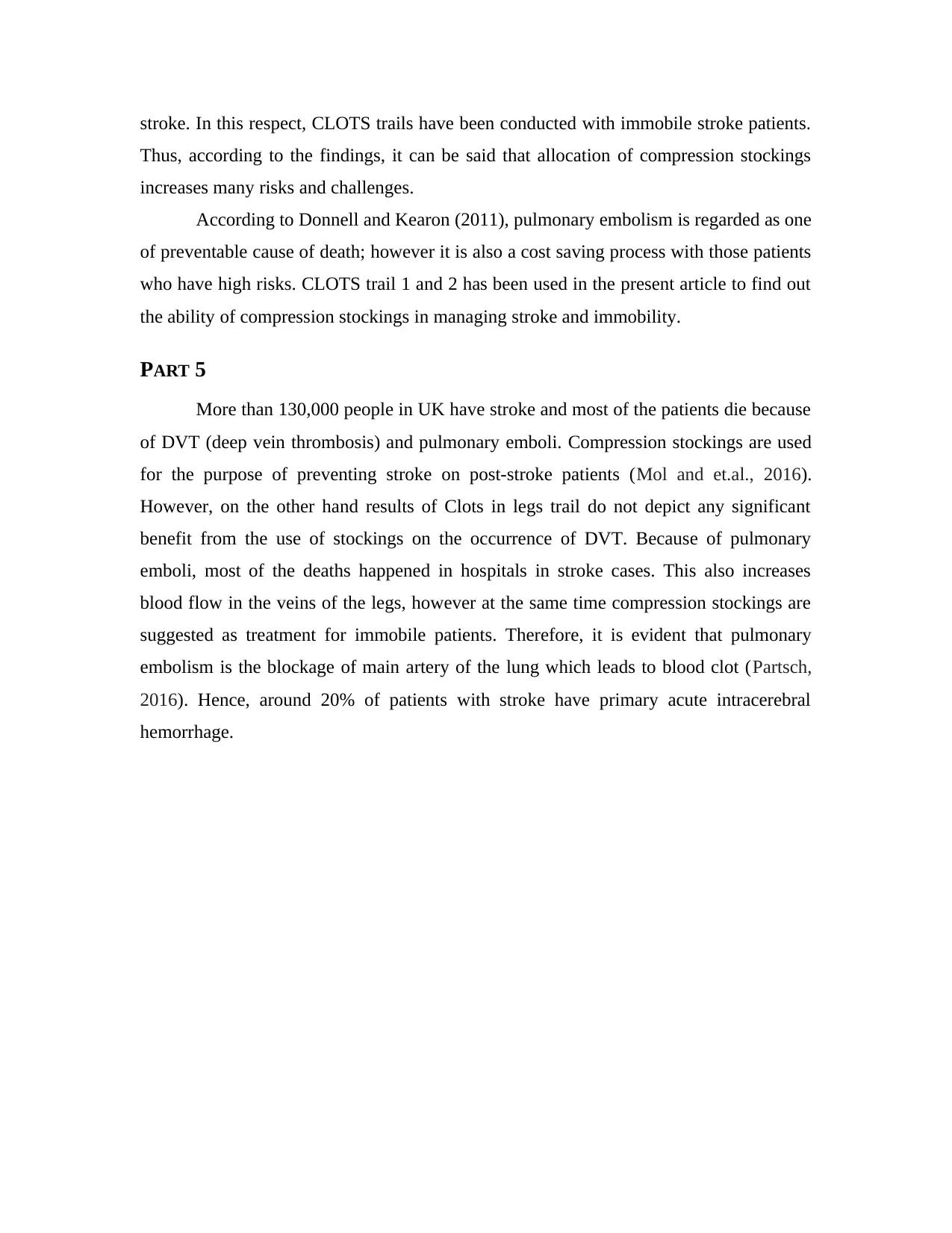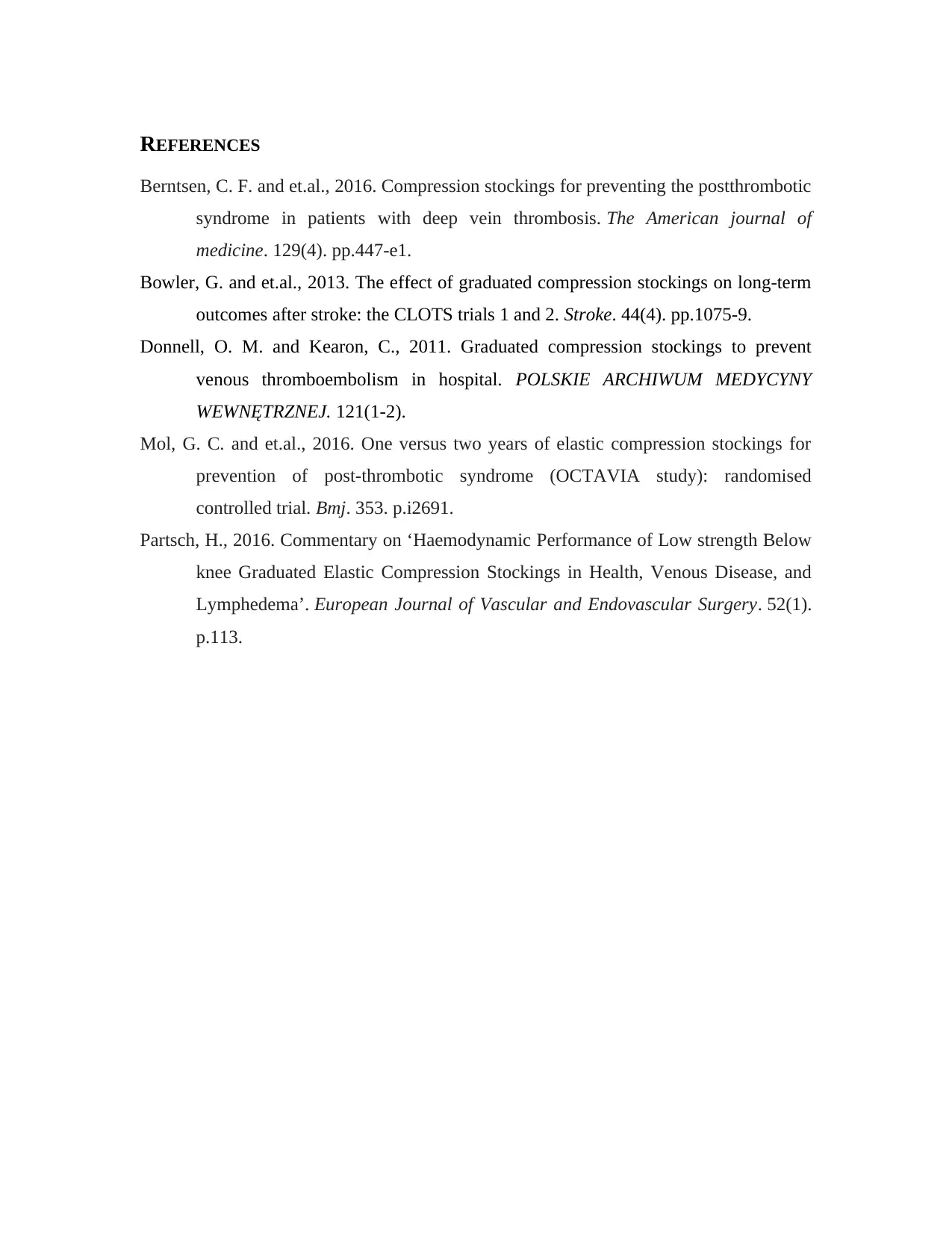Evidence of Nursing: Stroke and Compression Stocking Analysis
VerifiedAdded on 2023/03/30
|4
|636
|74
Homework Assignment
AI Summary
This assignment focuses on the application of compression stockings in the treatment and prevention of complications related to stroke. The study utilizes the PICO framework to define the problem, intervention, and outcome, specifically addressing the use of compression stockings to prevent embolism in stroke patients. The search strategy involves databases like PubMed, The Cochrane Library, and PsychInfo to gather relevant research, including the CLOTS trials. The assignment highlights the risks and benefits of compression stockings, citing studies on venous thromboembolism prophylaxis and the incidence of deep vein thrombosis (DVT) and pulmonary embolism. It also discusses the impact of compression stockings on patient outcomes and mortality rates, emphasizing the importance of evidence-based practice in nursing care for stroke patients. The assignment provides a comprehensive overview of the current evidence and clinical considerations surrounding the use of compression stockings in stroke management, referencing key studies and providing context for the ongoing debate about their effectiveness.
1 out of 4











![[object Object]](/_next/static/media/star-bottom.7253800d.svg)